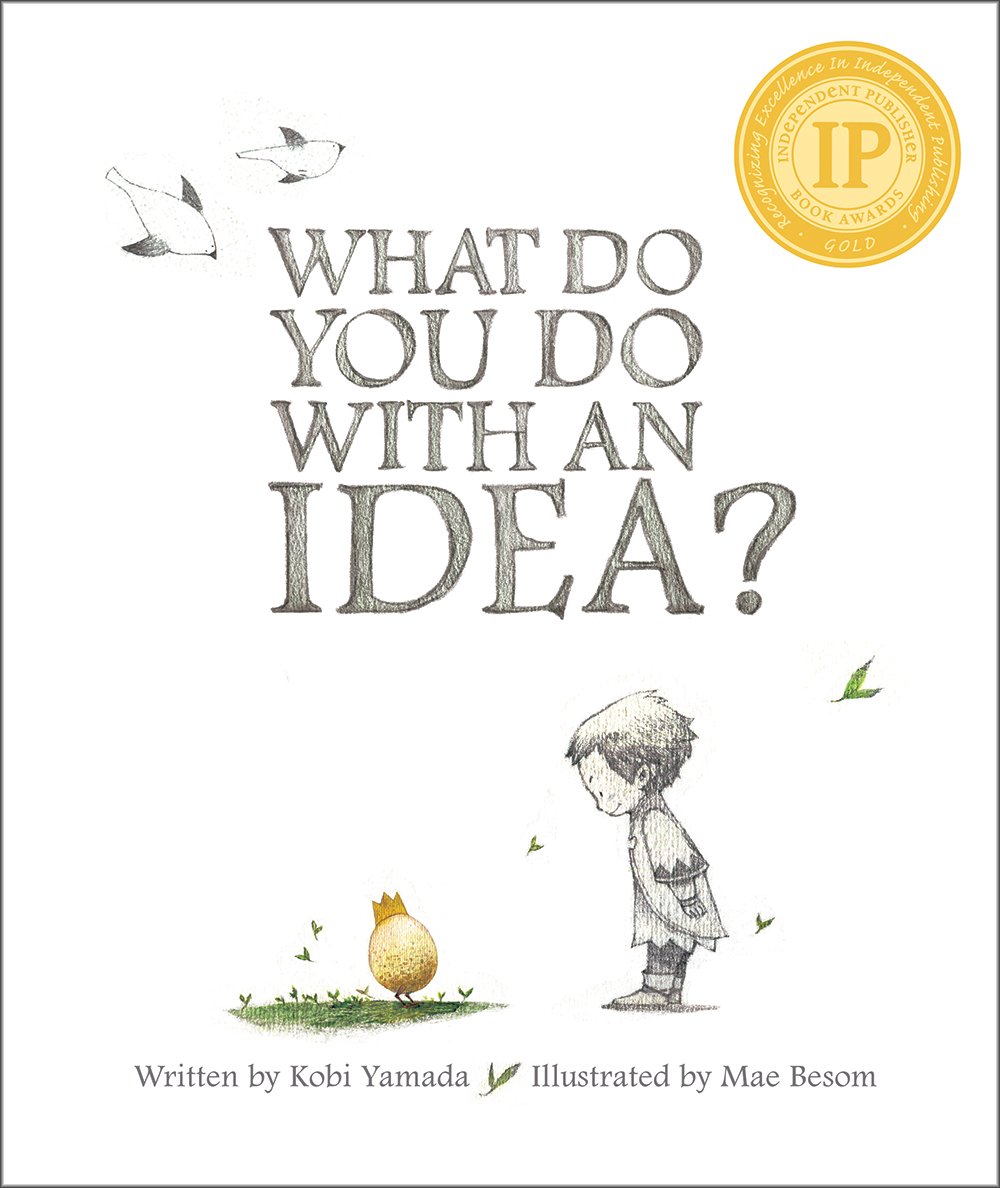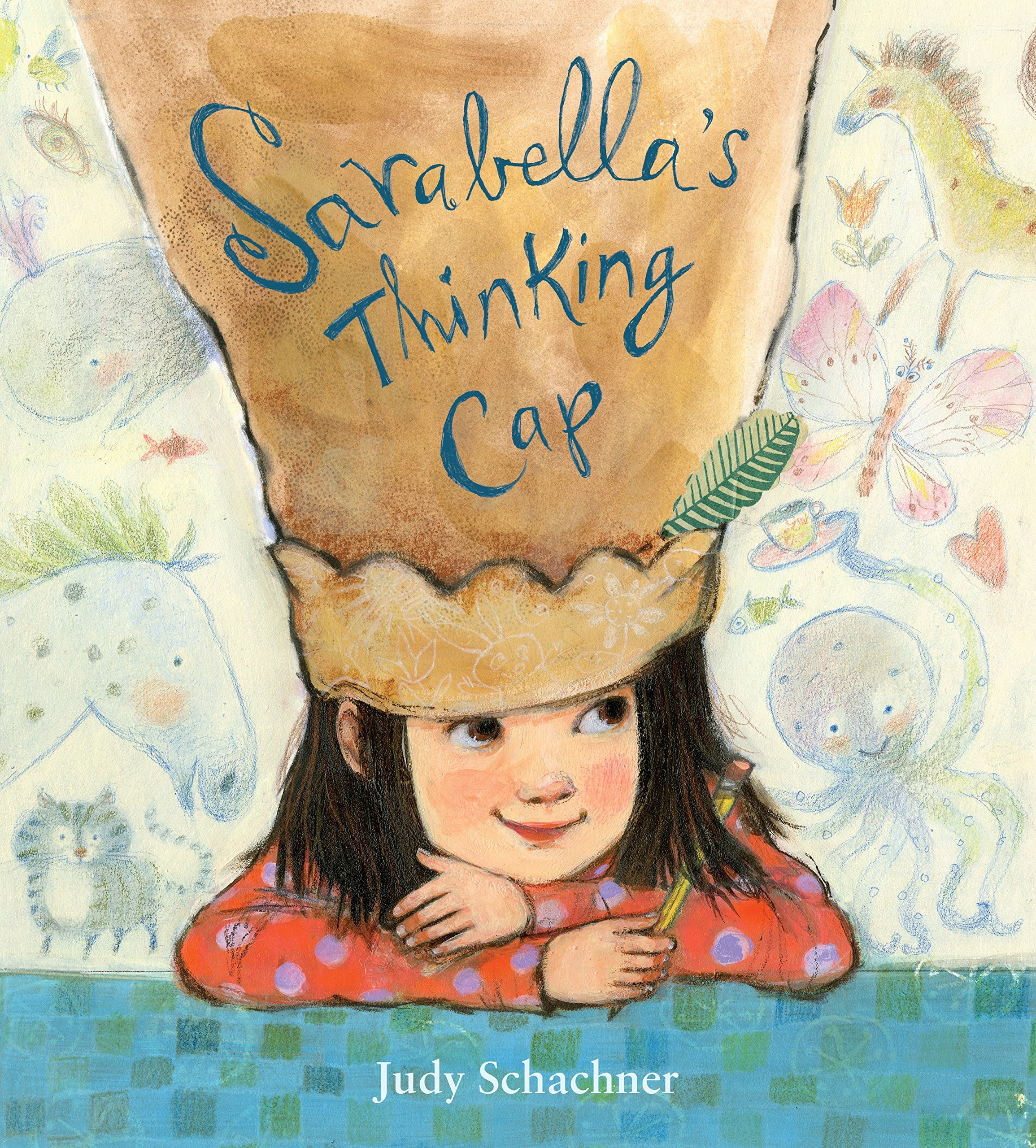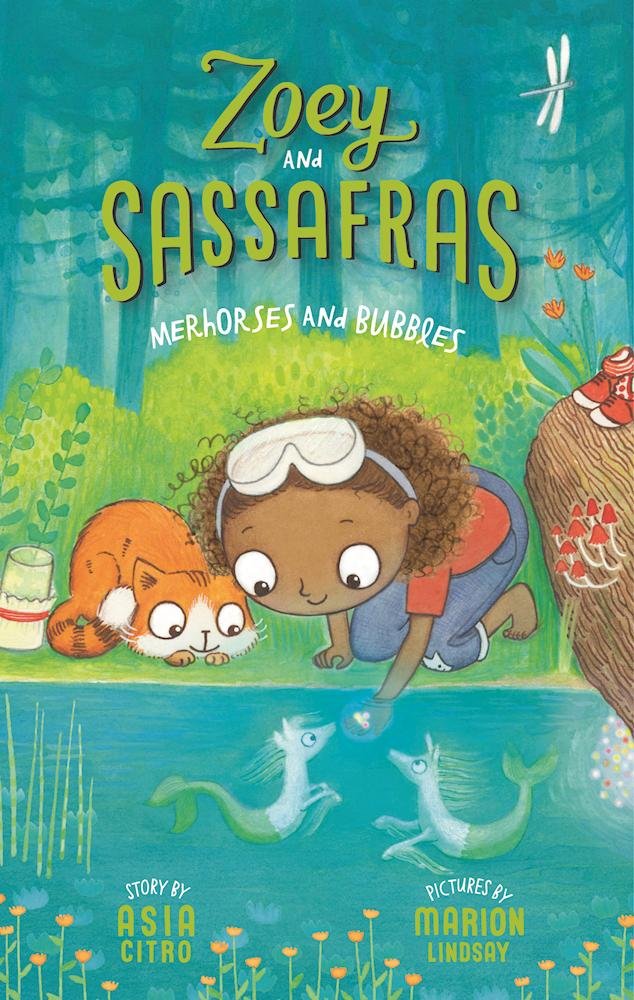Inside: Four ways to help your child develop critical thinking and metacognition so they can think for themselves, get unstuck, and be a flexible problem solver. These are foundations of self-resilience. Also included are books that teach children about thinking, plasticity in the brain, and metacognition.
When I was teaching college students I was often surprised at how little they knew about the process of thinking.
I found that my students had a lack of self-awareness when it came to their own thoughts, how the brain works, how to learn, and how to study.
I was lucky to be at a college where the psychology major was designed around teaching critical thinking. The focus wasn’t on facts and figures, but on how to make reasoned decisions — to think critically.
We didn’t teach students what to think, we taught them how to think.

The ability to think about thoughts is called metacognition and it develops across your lifetime.
When children move from egocentric thinking to being able to take another person’s perspective, they are just beginning to develop metacognition.
The next step is realizing that they can change their own thinking. When they get frustrated and stuck on a problem they will have to change how they are thinking about that problem to solve it.
Find the whole (most) list for purchase here: Nurture and Thrive Bookshop: Books To Teach Children Critical Thinking
Teaching Children About Metacognition Helps Them Develop Self-Resilience
Being able to change one’s perspective to solve a problem is a life skill. The life skill of getting unstuck is vastly underrated. To be able to approach a problem in different ways is true innovation — a trait we prize, but we don’t focus on how it develops. We just assume some people have this ability, this innate talent.
In truth, we can raise children who are aware of their thinking, we can encourage our children to engage in flexible thinking and innovative thought — it is not something children are just born with, it is something we can help them develop.
Let’s raise children who are critical thinkers — who do not simply accept something put before them. That when faced with a “truth,” they have more questions than answers.
Let’s raise children who are innovators. Children who try something in a different way, a new way, maybe a better way.
Let’s raise children who are able to think for themselves and who accept others who think differently from them. Who recognize that different ways of thinking will often bring people together to solve a problem.
To do that, children need to understand the process of thought — to be able to think about thinking — metacognition.
Principles of Critical and Flexible Thinking
- How I think might be different than how someone else thinks.
- The brain grows and changes. It is plastic.
- Some of the best discoveries have happened because of mistakes.
- There are many ways to solve a problem.
Four Ways to Raise a Critical Thinker: Teach Your Child How to Think, Not What to Think
1. When your child asks you how or why, you answer with, “what do you think?”
I am amazed by the theories my son has come up with for how things work. Help your child test their hypotheses with a hands-on project or a way to explore their idea. This weekend we built a sling-shot for shooting our dog’s tennis balls in the yard– only the sling doesn’t quite work, yet.
One of our favorite hypothesis testing games, when my son was younger, was will it float or sink? Simply fill up a bowl with water and have your child guess if different things will float or sink. Ask them why they believe their hypotheses and help them test their ideas and revise their theories.
A general rule of thumb — every time your child asks a “why” question, ask them what they think. Then have a conversation. Children go through the “why” phase for a reason. It is up to us to ask them the same question — why–“why do you think that?”
2. Let Them Do it Themselves
“When you teach a child something you take away forever his chance of discovering it for himself.”
Jean Piaget
It is so hard not to step in when they struggle. I catch myself doing this all the time with little things. But if we do it with the little things, they expect it for the big things. I have to consciously make myself step back.
And if my son does ask for help, I try to help him with the next step instead of solving the whole problem. This philosophy works from everything from opening a yogurt to math homework.
3. Encourage Thinking in Different Ways
When your child is stuck on a problem suggest other ways of thinking about it. Say, “Let’s think about it in a different way.”
I remember when my son was 3-years-old and used to get so frustrated with his blocks. I would hold myself back and more often than not, he would persevere.
But on one particularly frustrating tower building session, my husband said, “which block do you think it would be best to start with to make your tower stronger — this block standing up or this wider block laying down? Which one gives a better foundation?”
And ever since that day, my son thinks carefully about the base or foundation of every single one of his structures. He thinks critically about how to build a strong structure.

4. Read Books about the Brain, Thinking, Problem-solving, Mistakes, and Perseverance
Books are an amazing way to open the window to metacognition. Any book that shows what the character is thinking or goes through the process of solving a problem, ideally in a unique way, will make an impression on your child and promote critical and innovative thinking.
I think too often our children get the message in school that there is only one correct answer and that conformity is the rule.
Then one day, real-life happens and suddenly there will no longer be a “right” answer.
Reading books that give different messages about thinking is so important to counteract that pressure on perfection, conformity, and the single right answer.
Books that Inspire Your Child to Become a Problem Solver, a Critical Thinker, and Change the World
The Girl Who Thought in Pictures: The Story of Dr. Temple Grandin
I love this book for so many reasons. It is a great book about diversity and also overcoming hard situations in life. But it also showcases how people may think differently — how brains and brain functioning is diverse, “Then, little by little, though sometimes she balked, special teachers helped Temple, and one day she talked! And that thing with her brain… it was AUTISM, see?…She was DIFFERENT NOT LESS,” they all finally agreed.”
This story about Temple Grandin shows her perseverance and how she thinks differently, how her thoughts are in pictures. It is that same ability to think in pictures that led her to solve a real-life problem. And through this discovery, she became an innovator and inventor.
What Do You Do with an Idea?
This book is a lyrical story of a boy who has an idea that just won’t go away — an idea that wants attention. The boy in the book faces skepticism about his idea, but he perseveres. It is a story about accepting a new idea, a different idea, and how that idea might just change the world, “And then, I realized what you do with an idea… You change the world.”
What Do You Do with a Problem?
In the same lyrical style of What do you do with an idea?, except this time it’s a problem that won’t leave the boy alone. Until he faces it and solves it. And tries again and again. This book illustrates the idea that problems are opportunities and discoveries. That in the midst of struggle, we learn … “My problem held an opportunity! It was an opportunity for me to learn and to grow; to be brave. To do something.”
Sarabella’s Thinking Cap
This is the story about a girl who daydreams — so much so that she sometimes loses focus in school. This is a great book for illustrating metacognition, Sarabella is lost in her thoughts– but she is self-aware of them too. It is a good book to open the door to ask your child about their own thinking.
This book shows what Sarabella is thinking and how her thinking makes her a little different. The understanding of her teacher and parents help her find a way to show this side of her. It is great for kids to see how a child’s internal world might be represented on the outside and get them thinking about their own imagination.
Going Places
I picked this book up at the library once on a whim and what a treasure! My son loves this book. It is time for the go-cart race challenge. Everyone gets the same kits for building their go-cart, with the same instructions. All of the children dutifully go about building their go-carts and hurrying to get them finished. All except for one child, who together with a friend builds something — not quite a go-cart, but something amazing.
I love that the characters do not follow the instructions, but quite literally, think outside of the box.
Your Fantastic, Elastic Brain: Stretch it, Shape it
One aspect of metacognition is understanding how your brain works. Often we think of the brain as static and unchangeable, but we know from neuroscience that the brain is plastic– changeable — that it grows and develops.
This book shows children how the brain is flexible and how trying new things, doing things differently, and thinking in new ways is how we stretch the brain.
As humans, we have a natural tendency to conserve energy — this includes brain energy. When something is hard to understand, we have a tendency to avoid it. That is the opposite of what we should do. Teaching children about the brain can help this. We can teach them that when they are really stretching their brain when it is really hard — that is a good thing. That sometimes thinking should be hard! That means the brain is stretching and growing in a new and different way.
Not a Box
An exercise in thinking differently, this simple picture book follows the main character through all the adventures he has in is Not a Box. A sweet and simple story about innovation and creativity. The new companion book follows a similar story — but with a stick, Not a Stick. These are books children love.
Mistakes That Worked: The World’s Familiar Inventions and How They Came to Be
From popsicles to penicillin, this non-fiction book includes stories about how a mistake can lead to something new. A great series of stories on how things are invented and how being open-minded leads to innovation. As the preface states “Name the greatest of all inventors. Accident. – Mark Twain.”
Papa’s Mechanical Fish
Based on a true story, this is the fictionalized account of a man living on Lake Michigan who attempted to build a submarine. I love that each time he fails and hits a setback his daughter has a creative suggestion that inspires him to try again.
Find the whole (most) list for purchase here: Nurture and Thrive Bookshop: Books To Teach Children Critical Thinking
The Girl Who Thought in Pictures: The Story of Dr. Temple GrandinWhat Do You Do With an Idea?What Do You Do With a Problem?Sarabella’s Thinking CapGoing PlacesYour Fantastic Elastic Brain: Stretch It, Shape ItNot a BoxNot a StickMistakes That Worked: 40 Familiar Inventions & How They Came to BePapa’s Mechanical Fish
The Zoey & Sassafrass Series
This is a fun series that incorporates science and magical animals in mysterious adventures. Zoey’s (and her cat, Sassafrass) mission to help her animal friends depends on her ability to solve problems — scientifically. The books model scientific thinking — from the power of observation to how to do an experiment and how to write and test a hypothesis. Children will love to going along on Zoey and Sassafras’ adventures.
Dragons and Marshmallows (Zoey and Sassafras)Monsters and Mold (Zoey and Sassafras)Merhorses and Bubbles (Zoey and Sassafras)Caterflies and Ice (Zoey and Sassafras)The Pod and The Bog (Zoey and Sassafras)

















 The Secret to Your 2-Year-Old’s Heart (and gaining their cooperation)
The Secret to Your 2-Year-Old’s Heart (and gaining their cooperation)
Great article! Could you recommend books that promote critical thinking for 8 year old?
Thanks! I think the Mistakes that Worked and the Zoey & Sassfrass series (listed at the end of the post) are good for 8-year-olds.